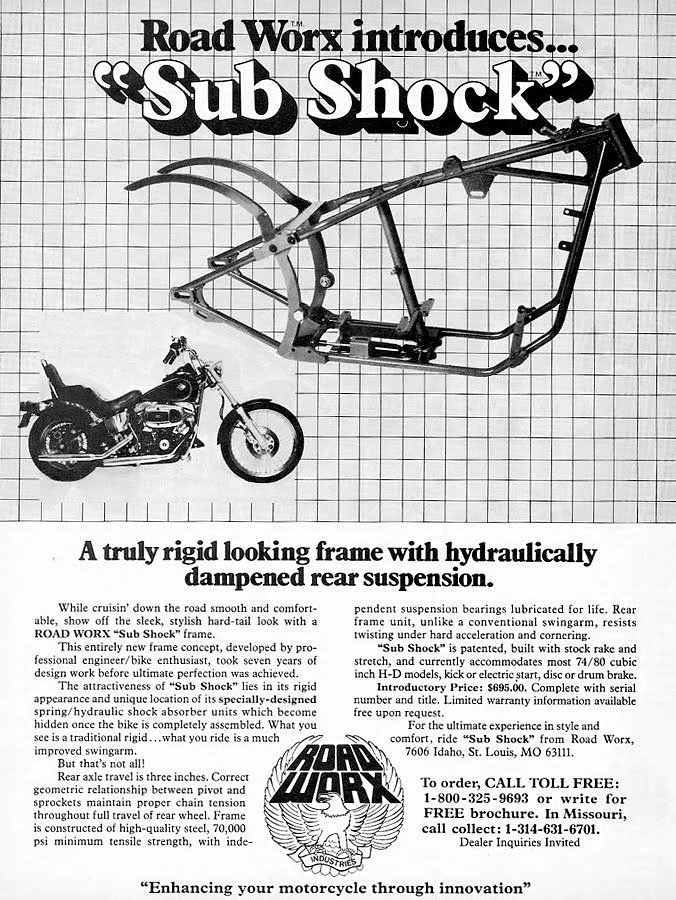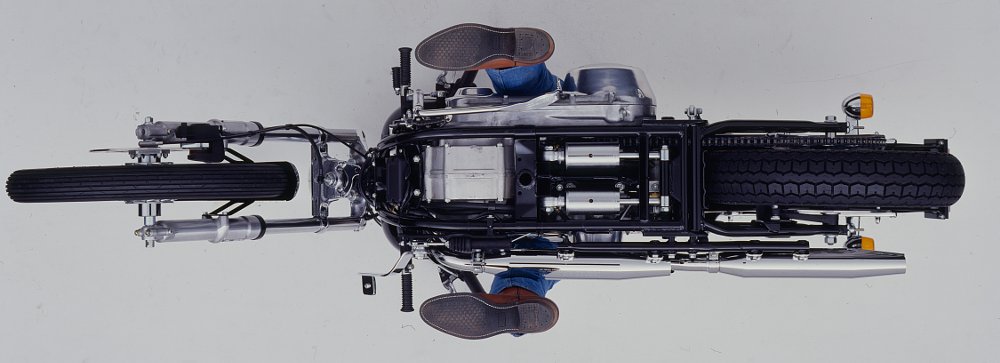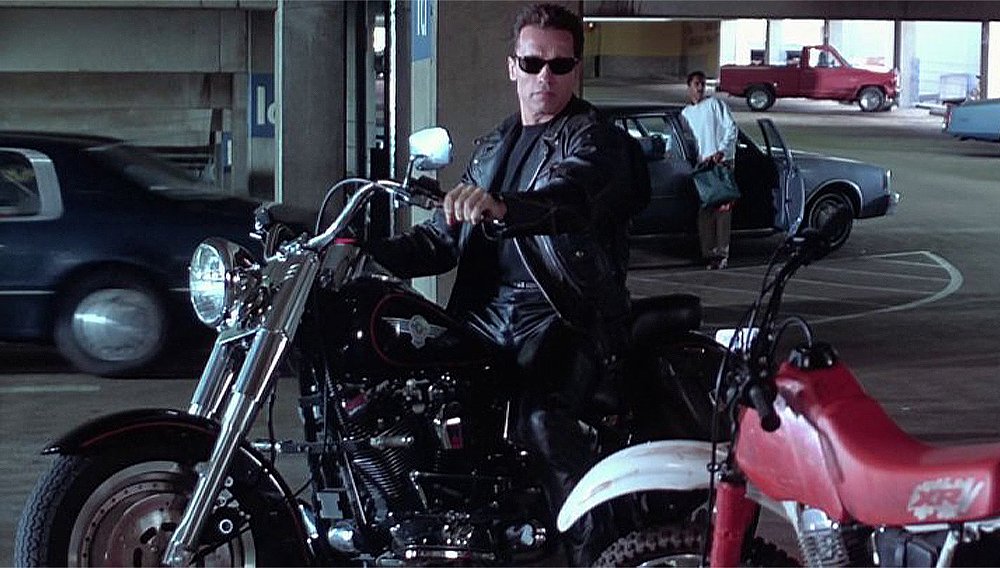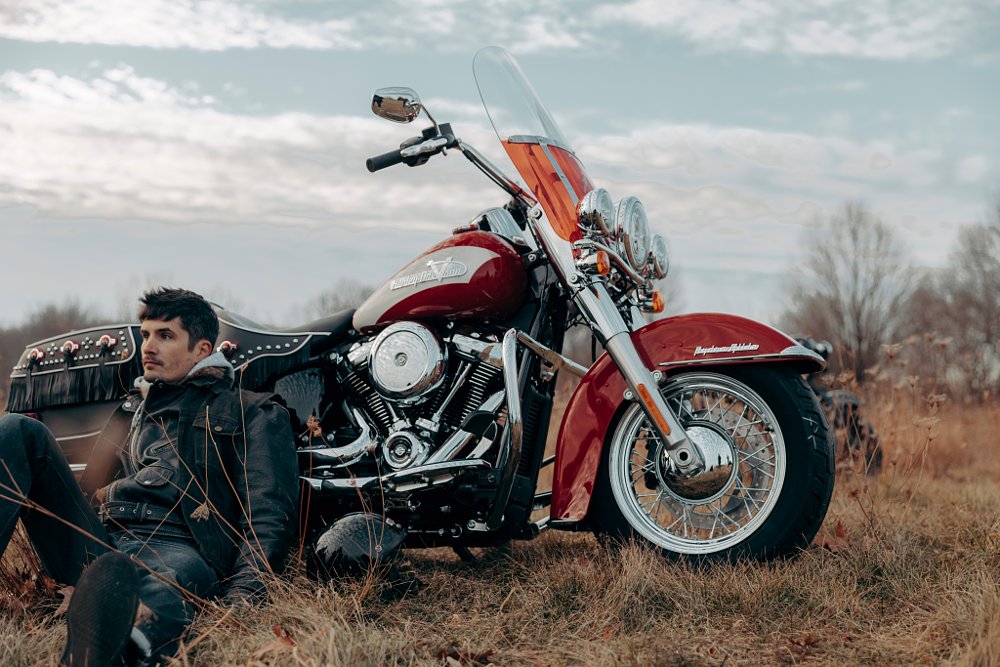The first-ever Softail models arrived in Harley-Davidson showrooms in 1984. Distinguished by its innovative “Softail” frame, the platform recaptured the timeless silhouette of “hardtail” Hogs — without sacrificing the comfort provided by rear suspension. Though 2024 officially marks the model’s 40th anniversary, the Softail’s true origins trace back a decade before its debut.

St. Louis-based Harley enthusiast and engineer Bill Davis conceived the original “Softail” frame in 1974. Unsatisfied with the styling of his 1972 FX Super Glide, Davis fabricated a frame that relocated the model’s outboard shocks under its seat. Paired with a triangular swingarm, the design preserved the single line between the headstock and rear axle, a characteristic synonymous with rigid-frame Harleys produced pre-1958.
In 1976, Davis pitched his design to Willie G. Davidson, Harley’s chief styling officer. While the Motor Company passed on the proposal, Davis didn’t give up on the project. Instead, he refined the design, tucking the rear suspension under the transmission (and freeing up space to mount a classic horseshoe oil tank below the seat). The result was the “Sub Shock” frame, which Davis sold under his Road Worx banner.
The company’s success was swift but short-lived. By 1982, Davis’ partners ditched the endeavor, leaving him saddled with the business’ debt. With Road Worx on the ropes, Davis fielded another offer from H-D, and this time, accepted its terms. The deal turned over all of Davis’ tooling, prototypes, and patents to the Milwaukee manufacturer. After making slight modifications to the design (to accept the all-new Evolution V-twin), Harley presented the FXST Softail in June 1983.
It immediately appealed to dyed-in-the-wool Harley fans and vintage V-twin enthusiasts, noted Buzz Kanter, who was Editor-in-Chief at American Iron Magazine during most of the Softail's 40-year run.
“When [the Softail] first came out, it was kind of revolutionary. A lot of people were caught off guard by it,” Kanter recounted. “The Softail gave Harley the opportunity to offer a new canvas to build on.”
And it did just that.

In the years that followed, the Softail doubled down on nostalgia. The 1986 Heritage Softail adopted the styling cues of the 1949 FL Hydra-Glide and the 1988 Softail Springer brought back the springer front end, a component scrapped from H-D’s lineup in 1952. But the most iconic entry in the series was the Fat Boy, a model popularized by Arnold Schwarzenegger in the 1991 blockbuster "Terminator 2: Judgment Day."

Harley further diversified the range heading into the late ‘90s and 2000s. The 1999 Softail Deuce leaned into the custom chopper scene with its raked-out front end and stretched tank, while the Cross Bones went full-on bobber in 2008. Two designs that illustrated the Softail’s stylistic versatility.
As Kanter observed, the brand simply “changed the wheels, and boom, it was a different model. Changed the forks, it’s a different model. Changed the fender treatments, it’s a different model.”

From 2008 onward, it was business as usual, as the Softail family regularly co-opted current trends. The Softail Slim, Deluxe, and Breakout are just a few examples. Although the platform housed both the Evolution and Twin Cam Big Twins, other mechanical updates were few and far between. That is, until 2018, when Harley introduced the heavily revised Softail line.
Today’s Softails
Performance never topped the Softail’s priority list. That changed when the 2018 Softails hit the scene. An all-new frame design, including a monoshock mounted under the seat (go figure), maintained the platform’s signature profile, but also improved damping performance and handling.
“The new frames actually handled well, to the point where people were surprised.” Kanter recollected on the model’s 2018 press launch.
That updated chassis also harnessed the Bar and Shield’s new Milwaukee-Eight V-twin, an eight-valve, dual-counterbalanced, rigid-mounted powerplant. The Softail wasn’t just carrying on its own legacy, either. With Harley also discontinuing the Dyna line in 2018, variants like the Low Rider, Street Bob, and Fat Bob joined the Softail line.

Just like decades past, Softail trims have come and gone over the last few years (we’re looking at you FXDR, Softail Deluxe, and Softail Slim). From the Breakout to the Low Rider ST, from the Fat Boy to the Fat Bob, the platform is more flexible than ever today. That’s always been the Softail’s strong suit; a quality that should keep it going well beyond its Ruby Jubilee.

 Membership
Membership









